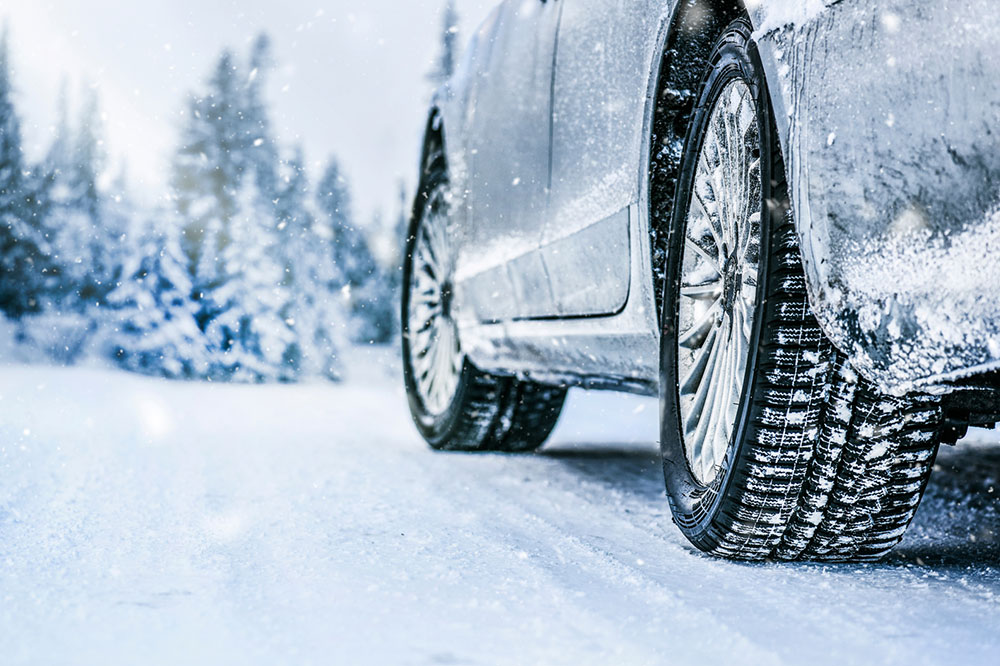
Essential Safety Tips for Winter Tires
During the winter, the slippery icy roads and low visibility can make driving a big challenge. However, by keeping a few dos and don’ts for winter tires in mind, you can avoid accidents and keep yourself safe.
- Buy winter tires
This is the most important of all the dos and don’ts for winter tires. Winter tires are produced using a specific type of rubber compound that makes it more pliable. This helps to create traction on a slippery surface, such as a road. They also provide a better grip, which is especially useful if you live in a place where the temperature plummets during the winter, and there is a lot of snowfall. These tires help your car to stay on the road and limit the risk of skidding. - Don’t mix tires
As mentioned above, winter tires are made using a special type of compound. They are also narrower than all-season tires. Therefore, trying to save money by using winter tires with all-season tires is a bad idea, as the narrower winter tires with deeper tread patterns will cause an imbalance. If you think about, it you would be saving money in the long run, as your all-season tires would last you longer because you would not be using them in the winter. - Check your tread
Tread depth is essential in ensuring that your vehicle stops when required. A car with poor or low tread would have a shorter stopping distance than a vehicle with proper tread depth. You can check the tread depth of your car by putting a penny upside down into your tire. If President Lincoln’s head is visible, you should consider replacing your tires. - Check the tire pressure
Another on the list of dos and don’ts for winter tires is to ensure that you check the tire pressure at least once a month. Temperature changes can affect the pressure of your tires and low tire pressure can impact steering and braking. It can also reduce gas mileage and result in tire wear, which could lead to punctures or tire failure. Also, ensure that you check your spare tire as well. You can use your own tire pressure gauge to ensure that the tire is filled to the inflation level as recommended by the manufacturer in the instruction manual or get a tire pressure check at any tire store. - Rotate your tires
Experts recommend that to increase the tread life of your tires, which would, in turn, lead to smoother rides. Hence, on your checklist of the dos and don’ts for winter tires, you should ensure that you make a note to rotate your tires every 6,000 miles or less if the tire shows signs of uneven or irregular wear.
Following these dos and don’ts for winter tires should keep you safe on the icy roads and avoid accidents.


